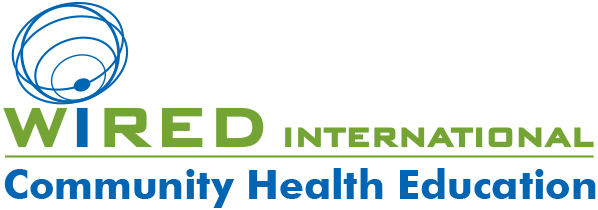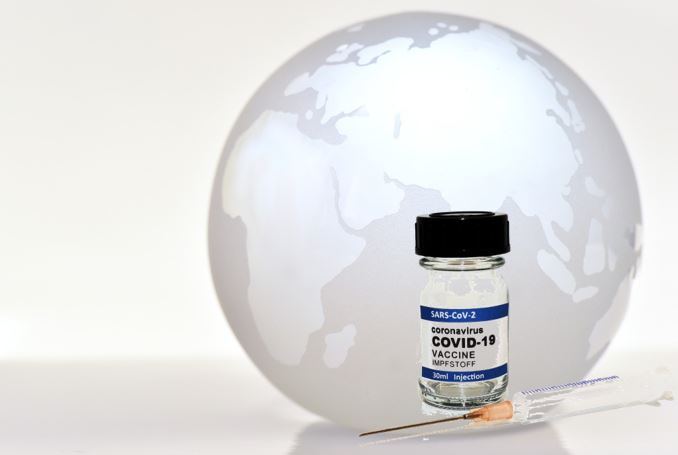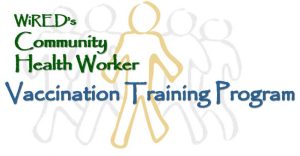COVID-19 Vaccine Distribution Inequity
Underserved Populations Suffering the Most
By: Allison Kozicharow; Edited by Jessie Crowdy
More and more people are getting vaccinated against COVID-19 each day now that multiple vaccines are starting to become available. The question is: Where are they available and to whom? While more than 227.5 million COVID-19 vaccine doses have been administered globally, some countries have not seen a single dose, including many communities using WiRED International programs.
Less wealthy countries with inadequate healthcare resources are losing out. Gaps in vaccination exist even between continents as the following statistics show: In North America 11.9 doses have been administered per 100 people, compared to 0.2 doses per 100 people in Africa.
 Low-income countries face higher prices to purchase vaccines and lack the programs to distribute them. In response, the World Health Organization established a vaccine-sharing arrangement called COVAX, which is designed to secure vaccines and ensure equitable access. Also, many nonprofits have pledged to support the effort to get needy communities vaccinated. Additional challenges to getting a critical percentage of the world vaccinated include the emergence of dangerous new strains of the virus, global competition over a limited number of doses and public hesitation about taking the vaccine.
Low-income countries face higher prices to purchase vaccines and lack the programs to distribute them. In response, the World Health Organization established a vaccine-sharing arrangement called COVAX, which is designed to secure vaccines and ensure equitable access. Also, many nonprofits have pledged to support the effort to get needy communities vaccinated. Additional challenges to getting a critical percentage of the world vaccinated include the emergence of dangerous new strains of the virus, global competition over a limited number of doses and public hesitation about taking the vaccine.
WiRED’s Vaccination Training Program
Vaccinations offer the only real resolution to the COVID-19 pandemic. But who will administer the vaccine in underserved communities after vaccines are available? There will not be enough doctors and nurses to deliver shots to hundreds of millions of people.
WiRED will soon launch a Vaccination Training Program which will prepare people at the local level to move vaccines safely from central drop-off points to communities, prepare the communities for vaccinations, then to properly screen patients, administer COVID-19 vaccinations and monitor patients after the shot.




